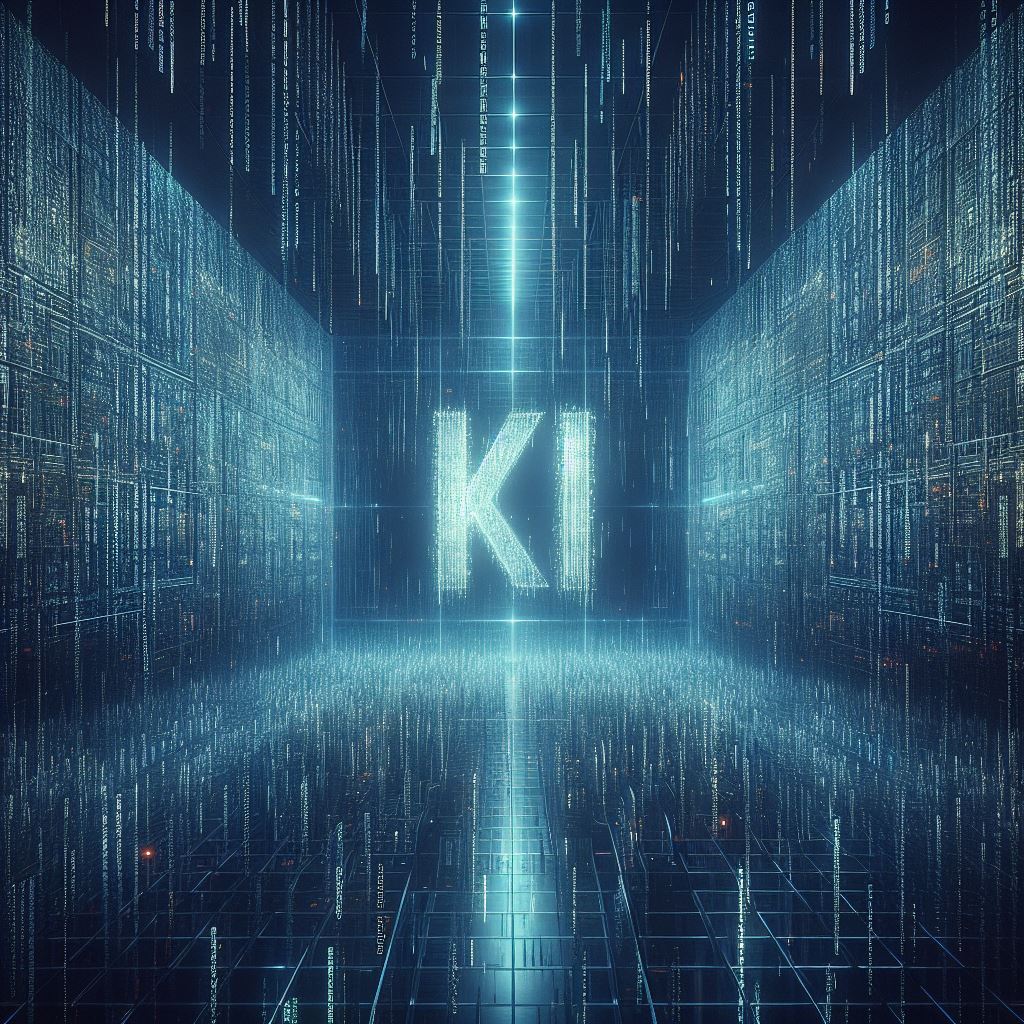15 things an AI translation tool cannot do
Will human translators soon be replaced by AI?
Definitely not but as not everyone knows this, please share this blog post! I admit, I also want to gain some online exposure with this post but honestly, I have been thinking about the use of artificial intelligence in translation a lot recently and want to share my thoughts and knowledge which could be beneficial in particular for non-linguists who feel the urge to use AI tools instead of humans for tasks that take time and cost money.

AI translation is fine for simple, straightforward text that contains few linguistic subtleties to pay attention to, where mistranslations do not have any legal consequences or cause health issues. Whenever you just want to roughly understand a text that is written in a language you are not completely fluent in, just give it a go! If it is not for publication, some minor mistakes will probably not be a problem but if you do want to publish a text, if you need it to be correct or make an impression, I would always recommend to have a human translator proofread or edit it. AI gets better every day but there is a lot it cannot (yet) do:
- Capture and translate the core message, for example in marketing where storytelling plays an extremely important part, because AI “thinks” sentence by sentence and tends to miss the deeper meaning or the story behind a text. Marketing is costly – thoughtfully created content that tells a story and sparks emotions should not be ruined by poor translations, otherwise it can easily lose its effect.
- Recognising emotions to be conveyed by the source text and expressing them adequately in the target language, reading between the lines and grasping the author’s intention is something that only humans, only sentient beings can do without anything getting lost in translation.
- Speaking of emotions: a poem is not only a piece of content conveying an emotion. It also has a particular structure and rhythm, it often rhymes and contains some stylistic elements which can be very subtle – translating poetry requires a great deal of creativity and expertise and only a human translator can take all of the above into account at the same time.
- Jokes, puns and metaphors – so far, only human intelligence can really deal with these, so to be on the safe side, only use human translators to translate these. If they know the target culture very well (translators native in the target language should do), they can also take the cultural context into account.
- This leads us to the next example: An AI translation tool cannot guarantee the adaptation to the cultural environment of the target country. In practice, it makes much sense to only hire translators who translate into their native language and are highly aware of any cultural differences in the target country for tasks where this may be important, i. e. where a localisation rather than a mere translation is required.
- Fantasy or romance novels or anything where a very specific, particularly appealing or fine use of language is important or where a specific target group is to be addressed should be translated by a human.
- Certified translations can only be produced by a translator who is legally entitled/authorised to do so. AI is simply not allowed to do this. Even if it was, in most cases the source texts, such as legal documents or educational certificates, are not available in editable, machine-readable form and often contain illegible or cut-off text passages which only human translators can solve.
- Sometimes, the task is not mere translation but also working with various templates which can vary in different languages. Technical user manuals, for example, are often based on company-specific templates with predefined elements like information on waste disposal or applicable standards in the specific country. The contact details provided in these manuals can also differ, especially if a company has branches in several countries and wants the customer to contact the technical support team responsible for their area directly.
- Text in illustrations and drawings is often not recognised as such and therefore not automatically translated. In this case, a human translator (ideally with some image processing skills) must step in.
- In cases where the source text is not correct or even the result of numerous (bad or very bad) machine translations, a translator who is an expert in the relevant field is required to understand the sense of the text and correct any mistakes. An AI tool just would not understand such a text. It would come up with a translation that may even sound reasonable but that is not correct. Who hasn’t ever bought an electrical appliance that came with a completely incomprehensible instruction manual that cannot have been translated by a human being? This may damage the manufacturer’s reputation and harm the user’s safety.
- A human translator pays attention to consistent terminology, style and spelling, such as using the same decimal separator (depending on the language or country, points or commas are used) consistently or using the same term for one and the same thing in order to avoid misunderstandings. Since AI translates from sentence to sentence, it offers many different options instead of just one. Not every option is necessarily correct.
- A translation tool often does not recognise when a term in the source text is already in the target language. If the English word “dose” (meaning the dose of radiation in this case), for example, appears in a German text, AI is quite likely to misinterpret the word as it is also a German word than means ”can” in English. HTML code in non-English source texts can also become problematic when AI tries to translate it. HTML tags must be left as they are to serve their purpose. If not, the web page in the target language could be completely destroyed.
- Translating lists taken out of context is difficult for human translators but nearly impossible to be done correctly by AI. A human translator normally has some background knowledge or the possibility to find out more about the context, which is crucial to translate short bits of text correctly.
“Eingang“, for example, is a tricky word in German. It could be an “entrance“ of a building or an “input“ of a multimeter or any other electronic device. A human translator will be able to find out what is meant.
In German, some words which are the same in their singular and plural forms can be a challenge, too, when they are listed without their article. “Partikel“ could be one or several particles. You have to know this to translate these correctly and this is just one example out of many. - When translating from English into German, the translation is often much longer than the source text. If only a limited text length is possible for technical or any other reasons, this can be a problem that a human translator can probably solve but AI can’t, at least not yet. If we were able to tell our AI tool what the maximum number of characters is, we can still not be sure whether it will produce reasonably logical and comprehensible abbreviations.
In a source text, there may also be abbreviations which are not commonly known and easily mistranslated by AI as their meaning is unclear to the tool but probably clearer or easier to clarify by a human translator. - Last but not least: AI struggles to recognise brand and company names. It frequently translates them, which can make a text read funny and is not very good for a company’s brand recognition and makes it harder to find via search engines.
To sum up:
AI can do the preparatory work in some cases but someone (by someone, I mean ideally a human translator) has to know how to use it wisely, check and fine-tune the result and keep training the AI so that it continues to improve. In cases such as certified translations without editable, machine-readable source texts, artificial intelligence cannot even do the initial work.
I guess I do not need to mention that in areas such as medicine or where potential hazards such as electricity, gas, etc. are handled, mistranslation should be avoided at all costs as there is a danger to life.
Will translators no longer be able to translate on their own due to AI?
Unfortunately, I can imagine that at least the quality of human translation may suffer if translators only do 1 % human translation and 99 % MTPE (machine translation post editing) in future. Word choice and structures frequently used by AI are likely to be taken as natural and there will no longer be as much variation and creativity as there used to be. For this reason, I hope that this article helps possible customers to understand when human translation is needed. At the same time, today’s translators are under a lot of pressure to remain competitive, which means that they will probably use AI translation tools to do the preparatory work whenever possible. Translators must work with instead of against AI but never lose sight of the quality!

Is it OK to pay translators less money when they can use AI tools for pre-translation?
No! Paying less for MTPE is not justified as pre-translating content with AI tools does not necessarily mean less effort. The translator must make sure that the meaning of the source text is preserved in the target text. DeepL and other tools generally make any text seem perfectly plausible but this does not always mean that the meaning in the target language corresponds to that of the source text. Even minimal inaccuracies or mistakes in the source text, such as a missing letter in a word, often lead to serious mistranslations that cannot be recognised at first glance as the target text sounds sensible. This risk should not be underestimated! Translations that read fluently but are not correct in terms of content are more likely to be approved by inattentive readers than the clumsy translations that used to come from less well-trained translation assistants. Incorrect or poorly legible source texts can also lead to omissions in the AI translation and in some cases a completely new translation is required because the text translated by AI simply doesn’t make any sense. I have experienced all of this several times. This means that sometimes you save time and sometimes you even lose time when you use AI pre-translations. In addition, translators should not be paid according to the time invested but according to their results (which is why translators are usually paid per standard line or word rather than per hour) and how they achieve the best possible result should be left up to the translator, as they will know best what works for them and for the individual situation and task!
